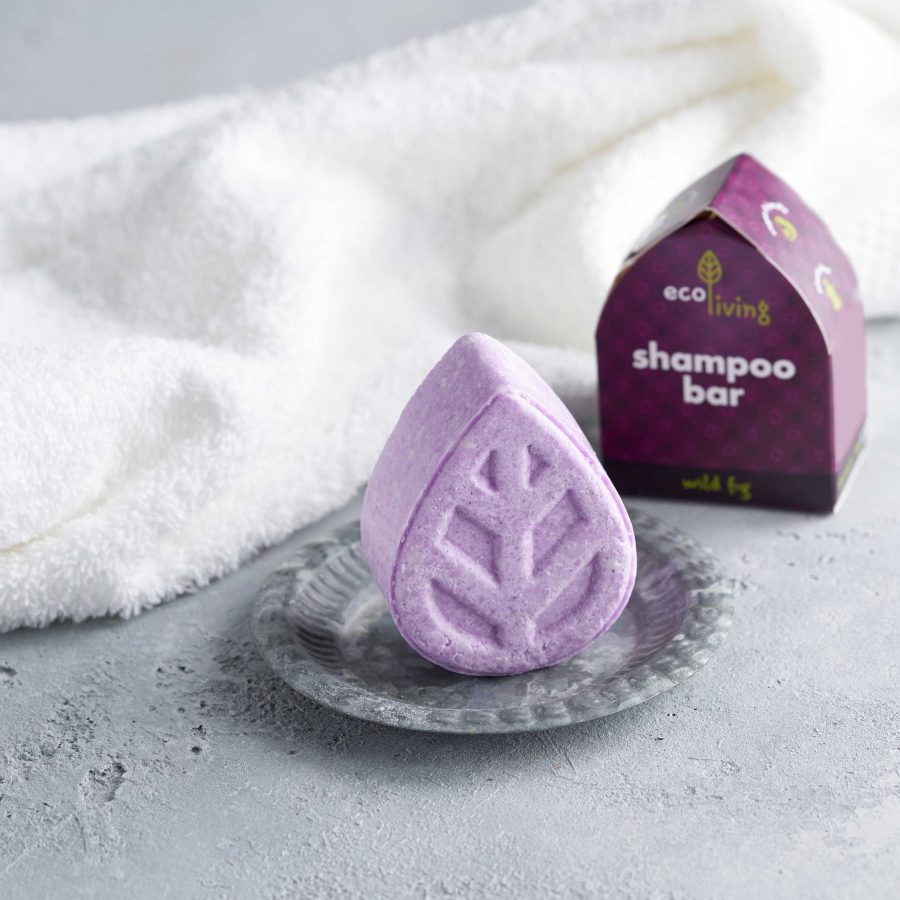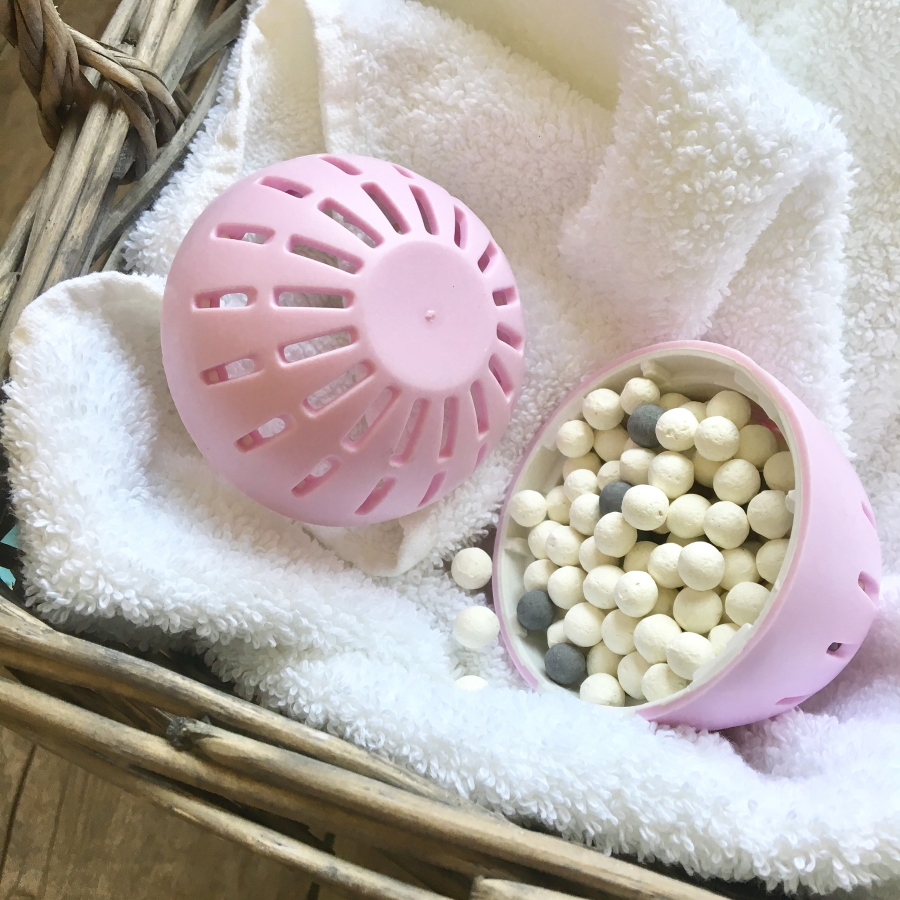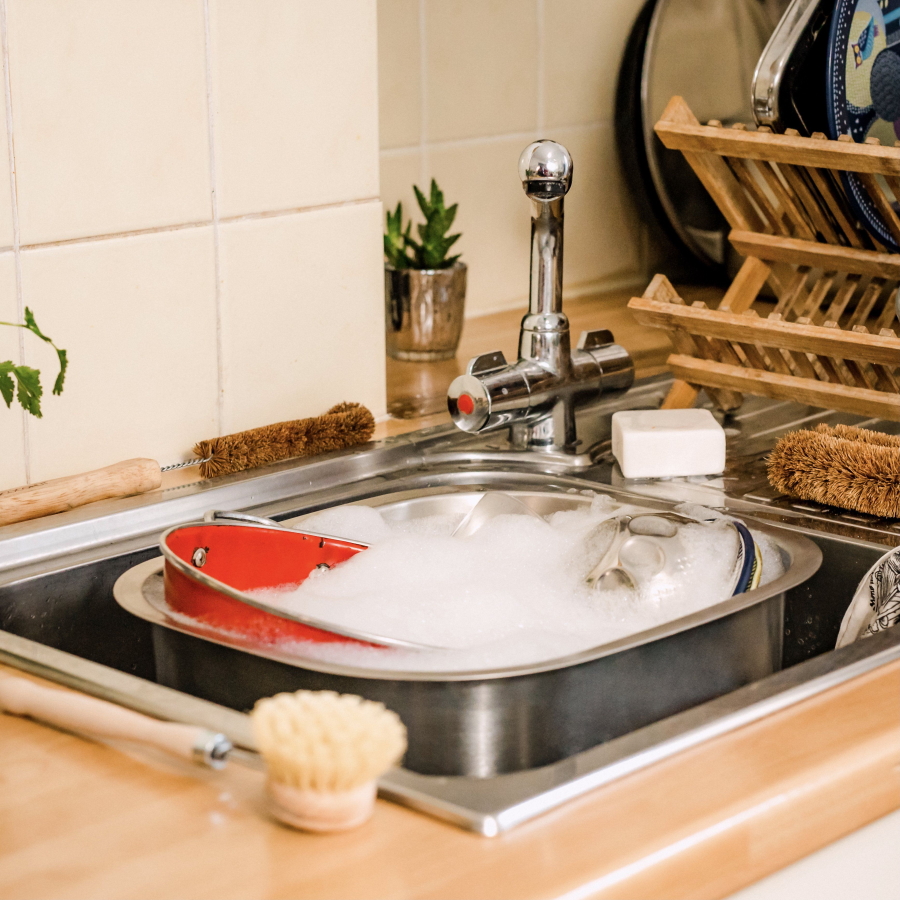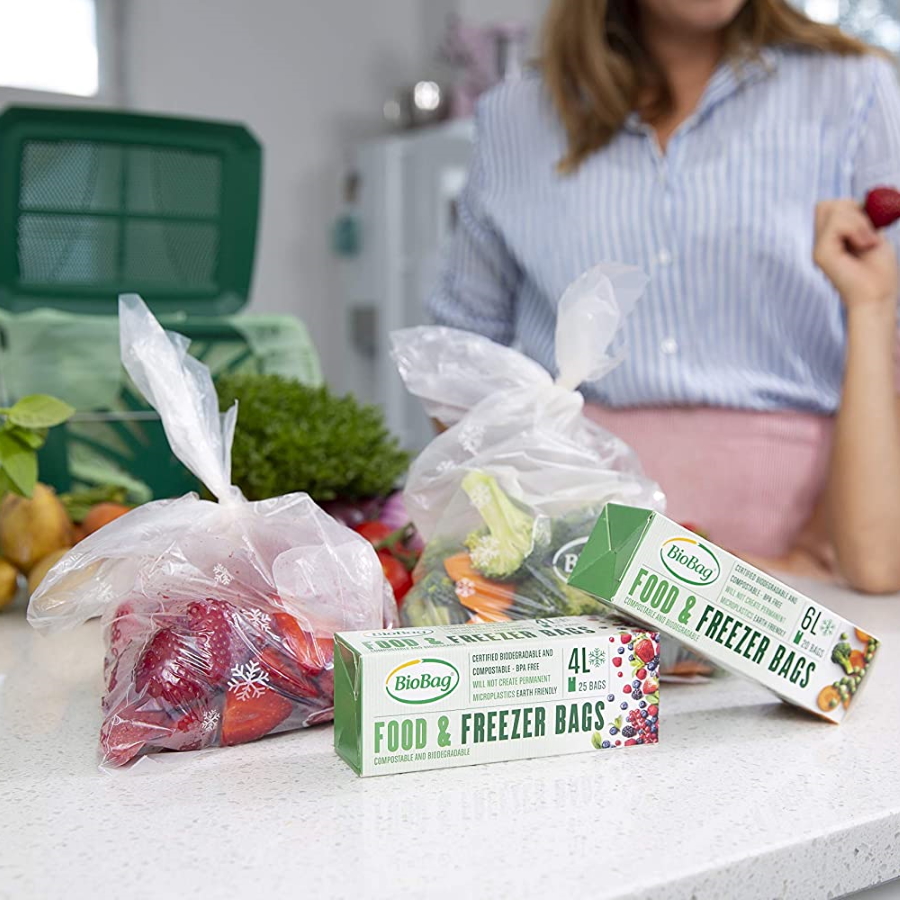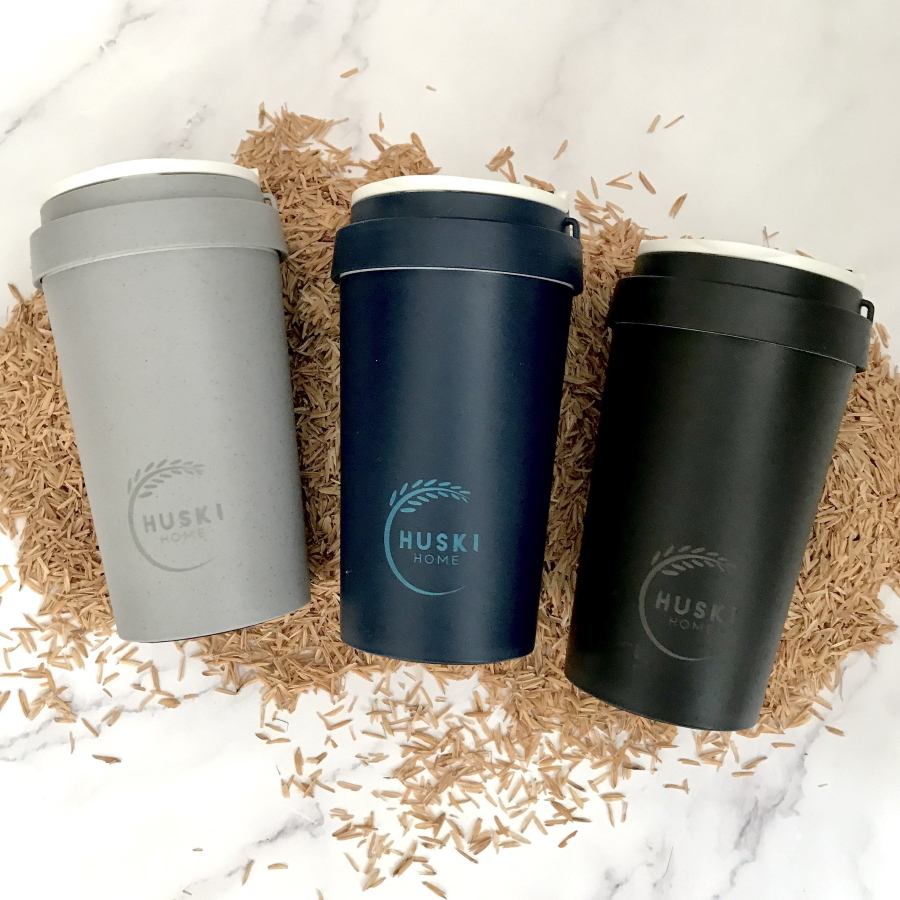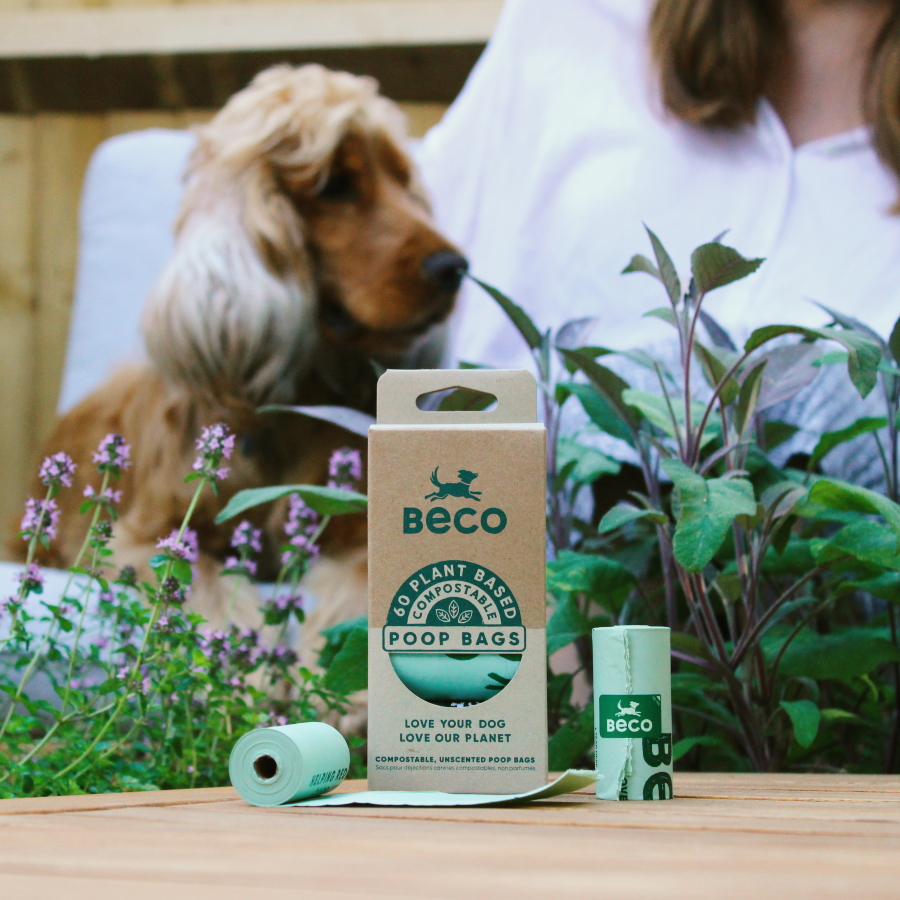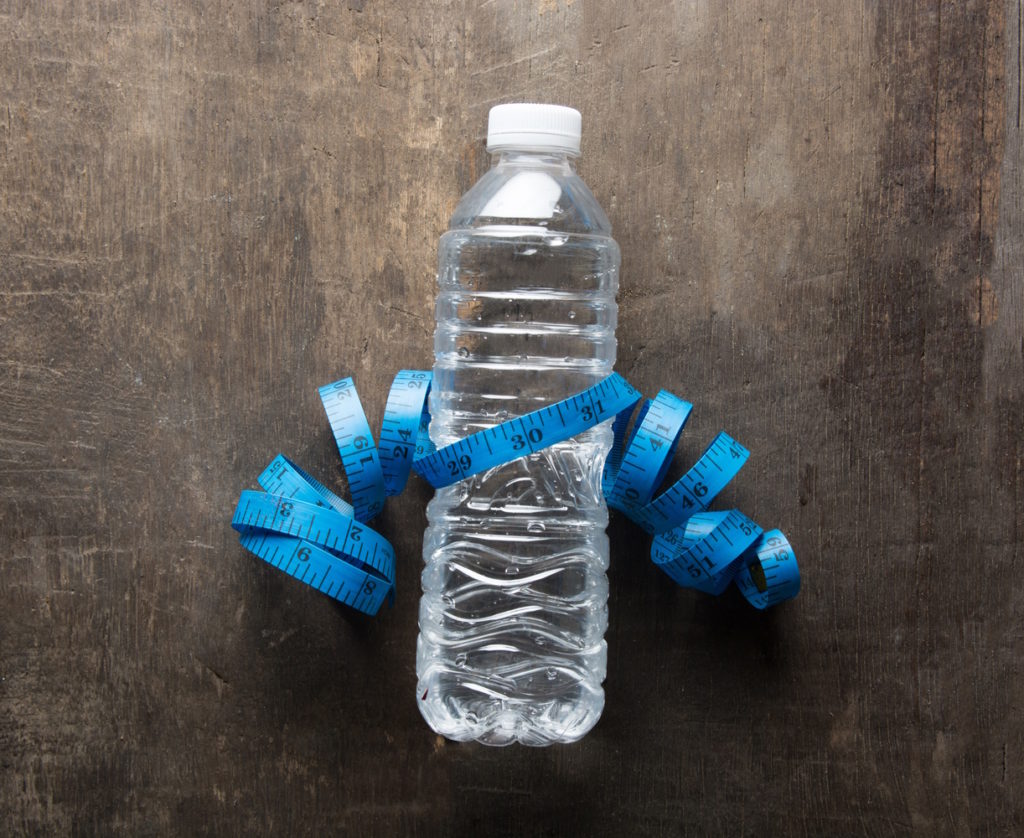No products in the basket.
Uncategorised
How to Conduct a Plastic Audit
Plastic has become an integral part of our daily lives. From packaging to electronics, we are surrounded by plastic in almost every aspect of our lives. While plastic has undoubtedly made our lives more convenient, it has also caused severe environmental problems. Plastic waste is one of the most significant contributors to pollution in the world’s oceans, harming marine life and disrupting entire ecosystems. As responsible citizens, it is our duty to reduce our plastic consumption and find ways to dispose of it sustainably. Conducting a plastic audit is an excellent place to start. In this blog post, we will guide you through how to conduct a plastic audit around the home.
What is a plastic audit?
A plastic audit is the process of analysing and identifying the amount and type of plastic waste generated in a specific area. It involves examining the sources of plastic waste, the types of plastics used, and the disposal methods. A plastic audit provides a detailed understanding of the plastic consumption patterns and helps identify areas where reduction measures can be implemented. Conducting a plastic audit around the home is a great way to understand your plastic consumption habits and make changes to reduce your plastic footprint.
Step 1: Take inventory of your plastic waste
The first step in conducting a plastic audit is to take inventory of all the plastic waste generated around the house. This includes packaging, containers, bags, bottles, and other plastic items. You can create a list of all the items and sort them by type, such as food packaging, personal care items, or household products. This step will help you understand the sources of plastic waste and the types of plastic used.
Step 2: Identify recyclable plastic items
The second step is to identify the plastic items that are recyclable. Check the recycling symbols on the plastic items and sort them into separate piles based on the recycling symbol. It is essential to note that not all plastics are recyclable, and the recycling rules can vary based on your location. Check with your local authority for the rules in your area.
Step 3: Identify non-recyclable plastic items
The next step is to identify the plastic items that cannot be recycled. These include plastic bags, straws, and food packaging that cannot be recycled due to contamination or the lack of a recycling facility. These items should be disposed of with your regular waste.
Step 4: Identify reusable plastic items
The fourth step is to identify the plastic items that are reusable. These include items such as food storage containers, water bottles, and shopping bags. These items should be cleaned and reused as many times as possible to reduce the amount of plastic waste generated.
Step 5: Analyse your plastic consumption patterns
After identifying all the plastic waste generated around the house, it’s time to analyse your plastic consumption patterns. This includes identifying the areas where you use the most plastic and finding ways to reduce your plastic consumption. For example, if you find that you use a lot of plastic bags while shopping, you can switch to reusable shopping bags. Similarly, if you use a lot of single-use water bottles, you can invest in a reusable water bottle.
Step 6: Implement reduction measures
The final step is to implement measures to reduce your plastic consumption. These can include switching to reusable items, reducing your use of single-use plastics, and finding alternatives to plastic products. Here are some ideas to get you started:
- Switch to reusable shopping bags: Invest in sturdy reusable shopping bags made of cloth or other eco-friendly materials.
- Use a refillable water bottle: Invest in a reusable water bottle made of glass, stainless steel, or other eco-friendly materials.
- Avoid single-use plastics: Refuse single-use plastics such as straws, cutlery, and food packaging whenever possible.
- Find alternatives to plastic products: Switch to eco-friendly alternatives such as bamboo toothbrushes, reusable silicone food storage bags, and glass food containers.
- Reduce food waste: Plan meals carefully to reduce the amount of food waste generated, as food packaging is a significant source of plastic waste.
- Support companies that use eco-friendly packaging: When shopping for products, look for companies that use sustainable and eco-friendly packaging materials.
- Buy in bulk: Buying in bulk can reduce the amount of plastic packaging used for individual items.
- Recycle correctly: Make sure you are recycling correctly by checking with your local authority about the items that can be recycled.
- Spread awareness: Encourage your friends and family to reduce their plastic consumption and support sustainable practices.
Conducting a plastic audit is an essential step towards reducing your plastic footprint and adopting sustainable practices around the home. By identifying the sources of plastic waste, analysing your consumption patterns, and implementing reduction measures, you can significantly reduce the amount of plastic waste generated. The key is to be mindful of your plastic consumption and find eco-friendly alternatives whenever possible. Remember, small changes can have a significant impact on the environment, so start with one change at a time and inspire others to join you on your journey towards a plastic-free future.























